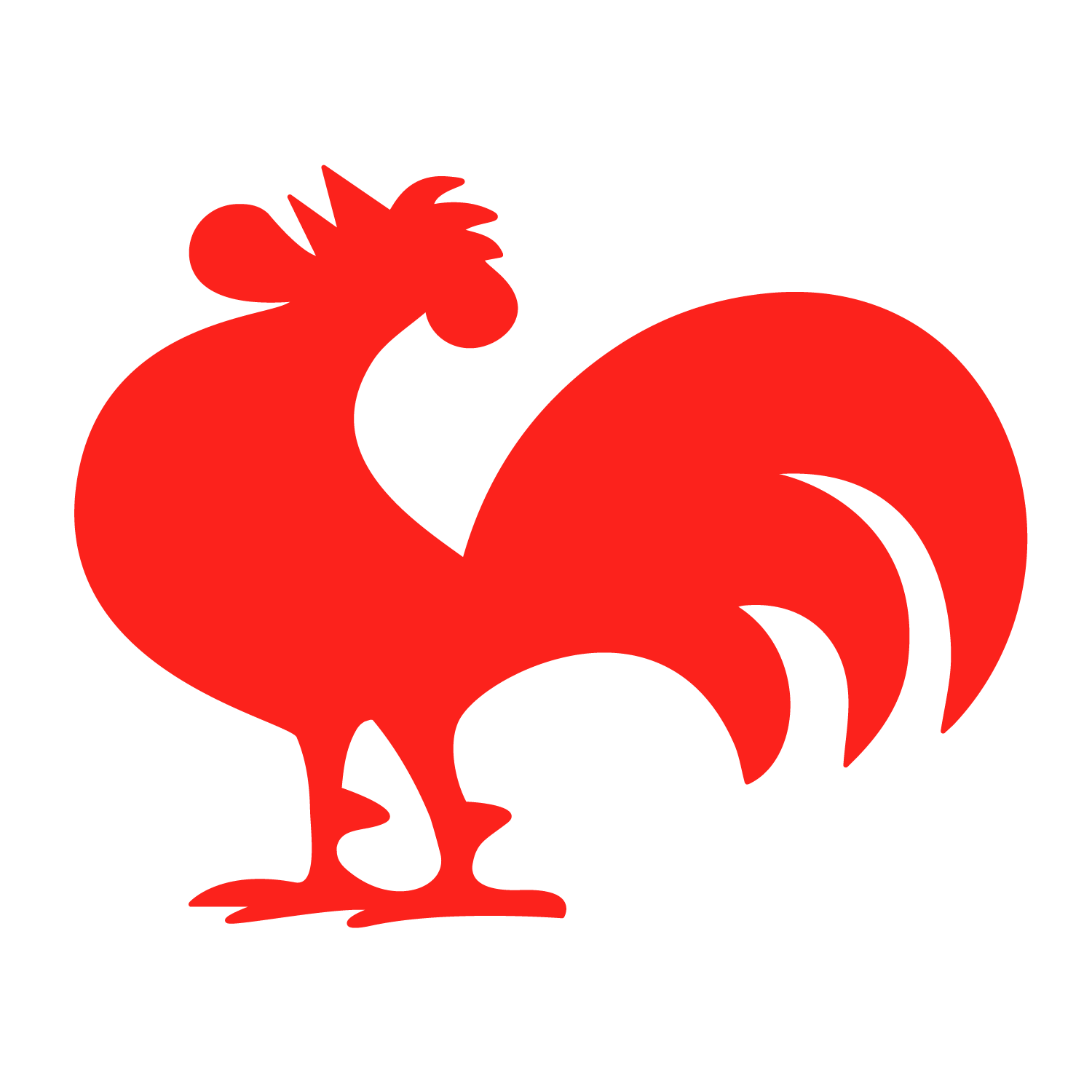#3. The Hollywood Formula: How to Replicate Movie Sequel Success in Product Development
One aspect of storytelling that has always fascinated me is the creation of movie sequels.
While I agree that some sequels aren’t exactly classics, I find it really interesting to understand the formulae that drive them, especially if you want to find more ways to interact with the audience of a particular product.
Analysing Successful Story Sequels: Back to the Future Parts 1 and 2
Back to the Future is considered a 1980’s cult classic. Directed by Robert Zemeckis, the first movie introduced us to the young Marty McFly and his eccentric friend, Dr. Emmett Brown. Together, they ignited an audience fascination with time travel through their iconic DeLorean car.
Following the success of the original film, Zemeckis released two equally successful and memorable sequels. How did he achieve such continued success?
The narrative structure of Back to the Future Part 1 and 2. Find similarities.
By analysing the narrative structure of both movies, I realised something: they are exactly the same. However, Zemeckis has changed some small storytelling elements which make a big difference:
Context and Setting: The context and setting are slightly altered to provide a fresh backdrop for each movie. In Back to the Future Part 2, Marty travels to the future (a futuristic 2015) and then back to 1955. Robert Zemeckis reuses some beloved scenes from the first movie and cleverly incorporates them into the sequel as part of the story. In doing so, he creates a sense of familiarity and a bond with the audience who loved that first movie.
Character Placement: The characters in the movie are basically the same, but with some slight changes that still seem uncannily familiar (Marty's children replace Marty's brothers from the previous movie scene where everyone sits at the table). Zemeckis also changes the dynamics between the characters (In Part 2, Biff is married to Lorraine, whereas in Part 1, he was always in love with her). He includes some consistent moments of laughter (Biff's frequent encounters with manure, for example). Regardless of these subtle alterations, our feelings for the main characters remain unchanged, and we continue to support Marty and his family!
Scene Sequencing: The order and pace of scenes are adjusted to enhance engagement and maintain novelty. In Part 2, there are more plot points. For example, Biff going back to 1955 to give his young self the sports almanac is a big inciting incident, which happens in parallel with Marty going back to 1985 to discover that Biff has married his mother. Additionally, the fast pace of Part 2 adds more suspense, keeping us glued to the screen. Although the sequence of the story is the same, Zemeckis adds novelty by accelerating their delivery.
The Hollywood formula applied to the development of a digital product: Spotify Case Study
If, like me, you have used Spotify from its early release, you may remember that the interactions a user could have with the specific product were simple. The UX Dramaturgy narrative followed the user from discovering a new song to adding it to their playlist (and sharing it with others).
From discovering a new song to adding it to their playlist was Spotify’s signature feature, and it was successful.
Based on the exactly the same UX Dramaturgy (aka the same winning experience), Spotify has started to add more features to their basic offer to inspire more frequent audience engagement; on a near-daily basis and not only when they listen to a song.
For example, Spotify has introduced Discovery Weekly: a personalised playlist curated by its own algorithms and delivered to each user every Monday.
The UX Dramaturgy of the Discovery Weekly: based on exactly the original interaction, this features provides a curated selection of tracks that users may not have discovered otherwise, enhancing the overall listening experience
To keep the user focused and engaged, Spotify has also created another special feature – the Release Radar – that updates every Friday.
The UX Dramaturgy of the Release Radar: based on the original interaction, Spotify creates a personalised playlist that showcases new music releases from artists that the user follows or has shown interest in.
Finally, the Daily Mix demonstrates Spotify’s deep understanding of user engagement and that there is potential for them to interact with the product every day.
The UX Dramaturgy for the Daily Mix: why only engage with users on Monday and Friday? By increasing the pace of release, the Daily Mix provides users with a diverse selection of music to enjoy throughout the day… with a different mix every day!
Takeaways
To innovate within an existing product and replicate its success across different features (or new products), we can draw inspiration from storytelling and from the way directors have created successful sequels.
Here are some useful steps to keep in mind:
Identify core successful elements: Analyse valuable interactions that drive engagement in your existing UX Dramaturgy.
Maintain the core, adjust the context: Preserve successful core elements while altering context and user interactions for a fresh feel. Spotify changed the pace of their releases, always providing fresh and personalised mixes of songs using powerful algorithms.
Create a consistent user journey: Ensure the user journey remains familiar but introduce new, complementary features. This saves time in research and help you develop novelty without pushing the user through a new learning curve.
Ensure continuous iteration: Like tweaking a movie script, refine and improve product features based on user interaction and feedback. Spotify’s next feature is heavily based on the discovery ability offered by AI, which is an obvious sequel to an already successful product.
This approach ensures continuity in user experience while introducing enough novelty to keep the product engaging. It’s a lot like playing with a consistently winning team, but making the right adjustments for each new game!
Did you enjoy what you just read? Subscribe to my Sunday Tales Newsletter!
The Sunday Tales is an initiative that was requested by many of the 2000+ students from my Domestika course. They wanted to know more about storytelling, but didn't know where to find the right information.
At the same time, I realized that many storytelling-related elements need to unfold clearly in my mind. Writing about them seemed like the ideal solution. That’s why I would be extremely grateful if you subscribed to this newsletter!
Your support will help Sunday Tales grow, and I hope you will always come away feeling informed and inspired.






